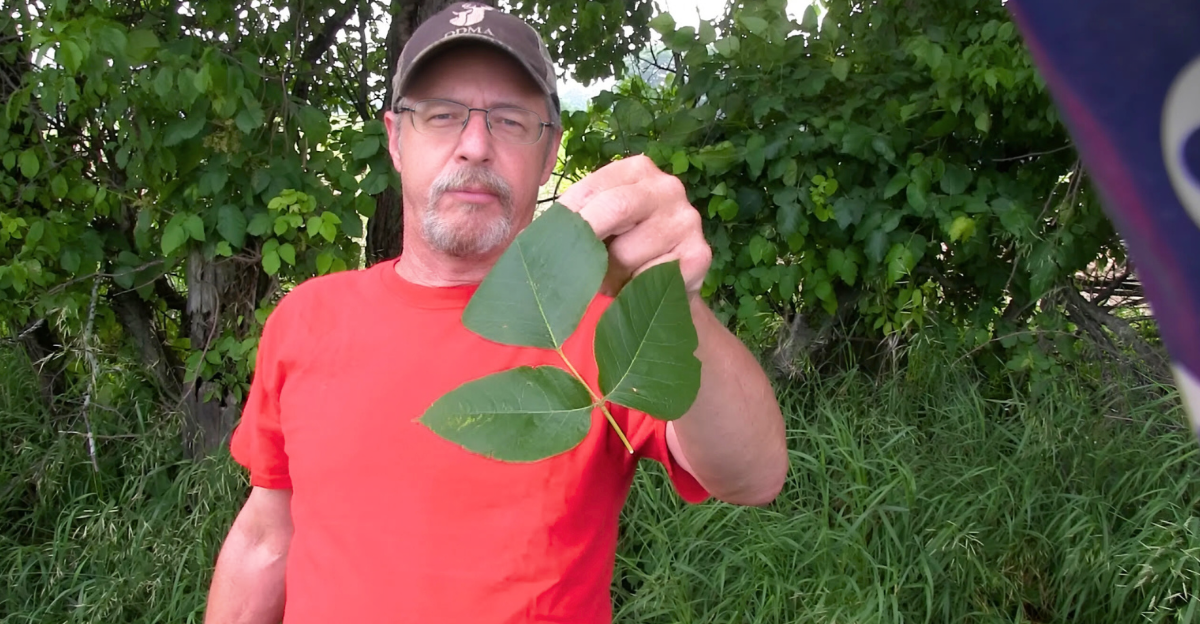
According to the American Skin Association, around 50 million people in the United States experience allergic reactions to poison ivy, poison oak, or poison sumac every year, making these plants the leading cause of allergic reactions nationwide. Poison ivy can be really hard to deal with. It can turn a peaceful garden into an itchy nightmare. However, you don’t need harsh chemicals to get rid of this annoying plant for good. These nine natural, chemical-free hacks can help you get rid of poison ivy without harming the environment or risking regrowth.
These simple methods are surprisingly effective and can be used on gardens of all sizes and styles. Whether you’re struggling with a stubborn corner or a sprawling patch, these are safe and helpful ways to reclaim your outdoor space. Say goodbye to toxic sprays and hello to practical, eco-friendly! Let’s take a look at nine tricks to wipe out poison ivy.
1. Boiling Water—The Simple Scorcher
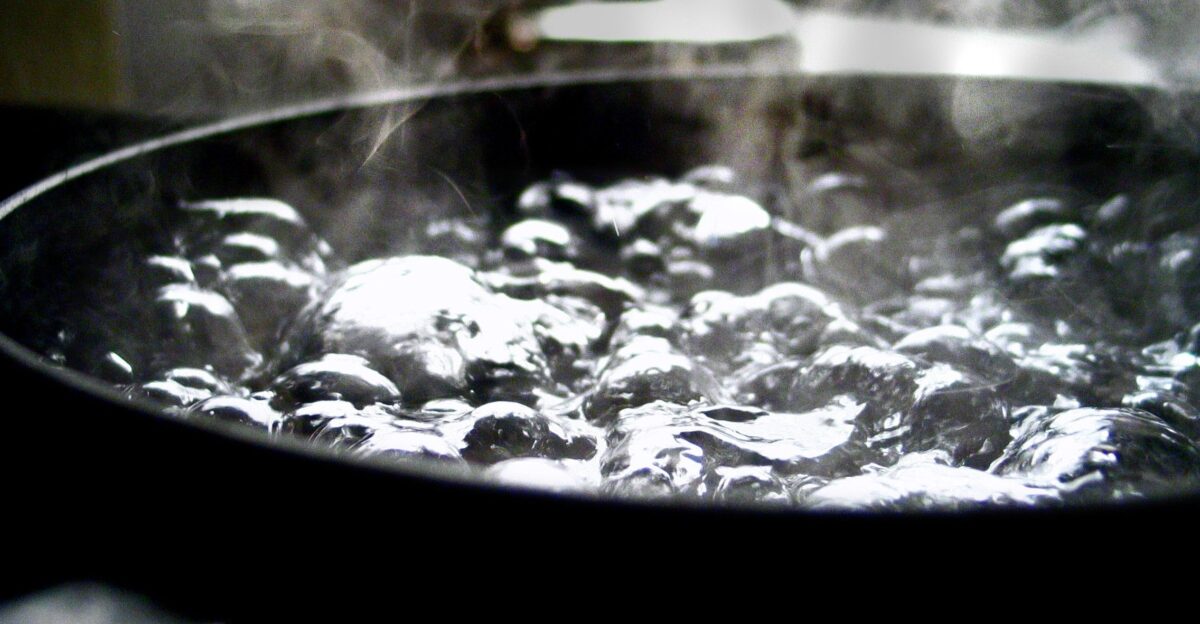
You don’t need fancy gadgets to get rid of this annoying plant. Simply boil your kettle and pour the steaming water directly onto the plant’s roots. This will scorch the plant and kill leaves and stems instantly.
According to The Spruce, this trick requires several applications, but eventually, it works. This method is much cheaper, faster, and safer for your yard. Be careful that the water doesn’t splash onto plants you want to keep!
2. Smothering With Cardboard—Starve It Out
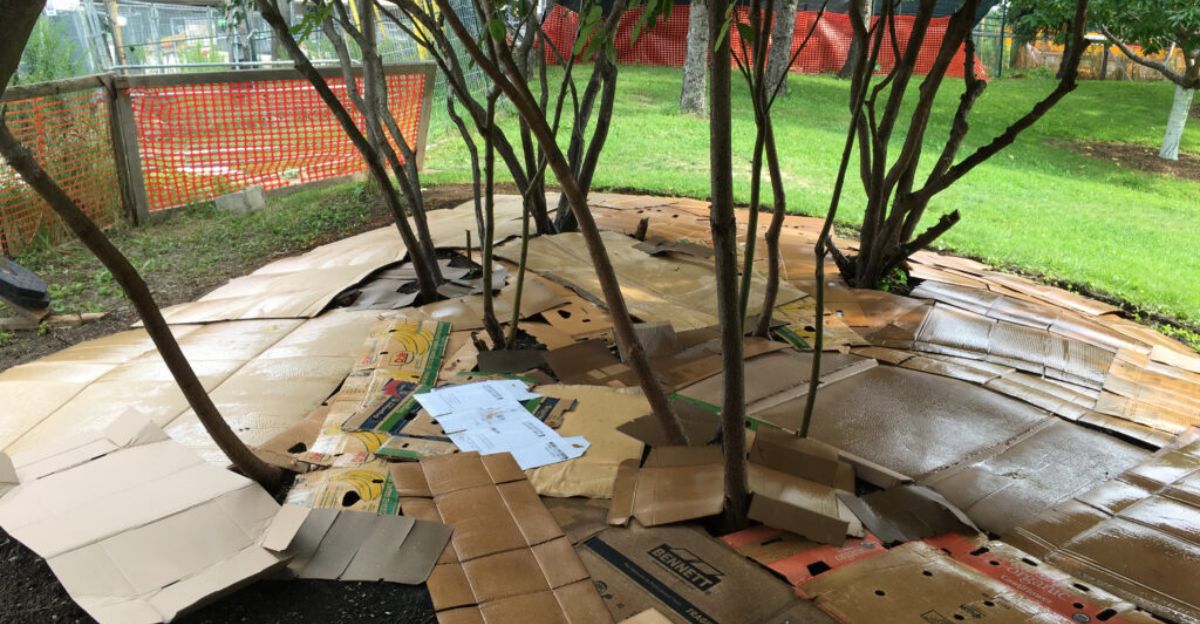
The next trick is to cover poison ivy plants with thick cardboard or a bunch of layers of newspaper and weigh them down. This will block sunlight and air, slowly but surely suffocating the plant. Over the course of a few weeks, the plant’s roots will weaken and die.
This is a slower method, but it is very effective, especially for garden beds and awkward corners where sprays and digging just don’t work.
3. Vinegar Drench—Nature’s Acidic Assassin
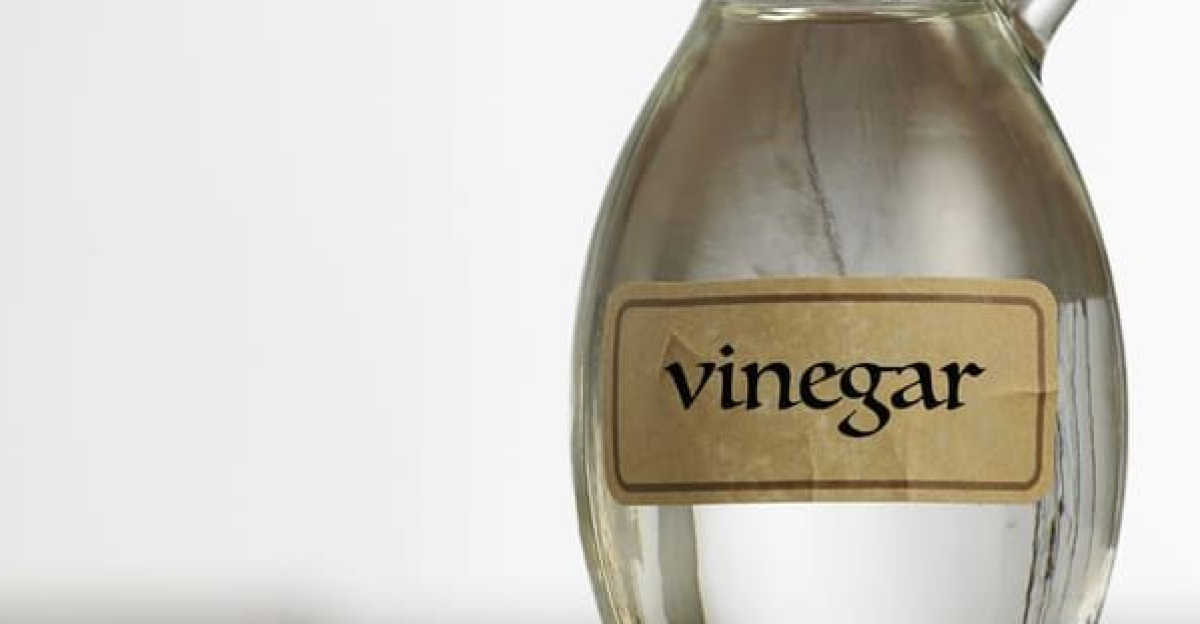
Did you know that household vinegar, especially when warmed, can burn poison ivy leaves and stems on contact? Spray the vinegar generously on the plant and watch it wither instantly.
This trick is a go-to natural remedy for many gardeners, but note that vinegar can also harm grass and other plants nearby. Only use it on isolated patches or areas where collateral damage is not a concern. Lauren Landers, a contributing writer for Bob Vila, says, “If I spot a small bit of poison ivy, I spray it down with horticultural vinegar, which is much more acidic than household vinegar and needs to be handled with care.”
4. Manual Removal—But Only With Full Protection
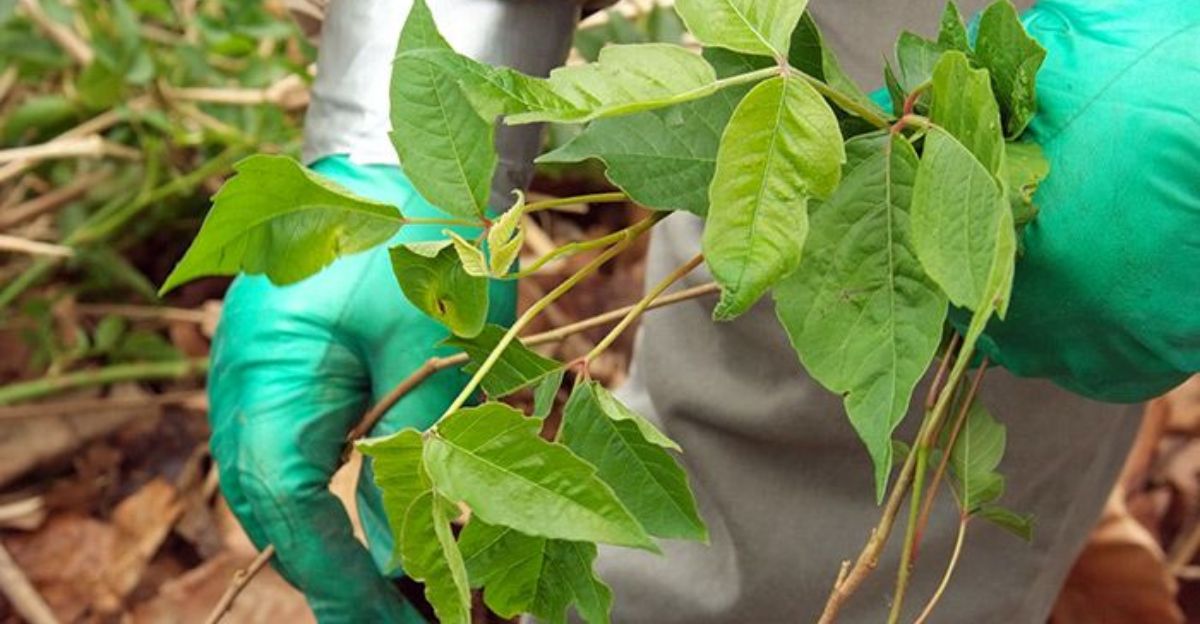
According to Bob Vila, an American home improvement television show host, pulling poison ivy out of the ground by hand is one of the most effective ways to get rid of poison ivy. This is one of the oldest tricks in the book, but it can be quite risky. When using this method, you should always wear disposable gloves, long sleeves, and eye protection. Carefully dig out the plant’s entire root system, as any pieces left behind can regrow.
Farmers’ Almanac recommends placing the plant in a plastic bag and disposing of it once it has been removed. Once you’re done, wash your hands and arms thoroughly. This method is labor-intensive, but it’s the best way to avoid regrowth.
5. Goats—Let Nature’s Mowers Do the Work

This might sound strange, but goats absolutely love eating poison ivy. Some communities often rent goats to clear infested areas. Goats will quickly strip the plant of its leaves and stems, weakening it over time.
This is an eco-friendly and super effective way to remove poison ivy in large or hard-to-reach patches. While this method won’t work for every garden, it’s a fascinating, chemical-free solution that’s becoming more popular, according to Everyday Health.
6. Mulch Mountain—Bury It Alive
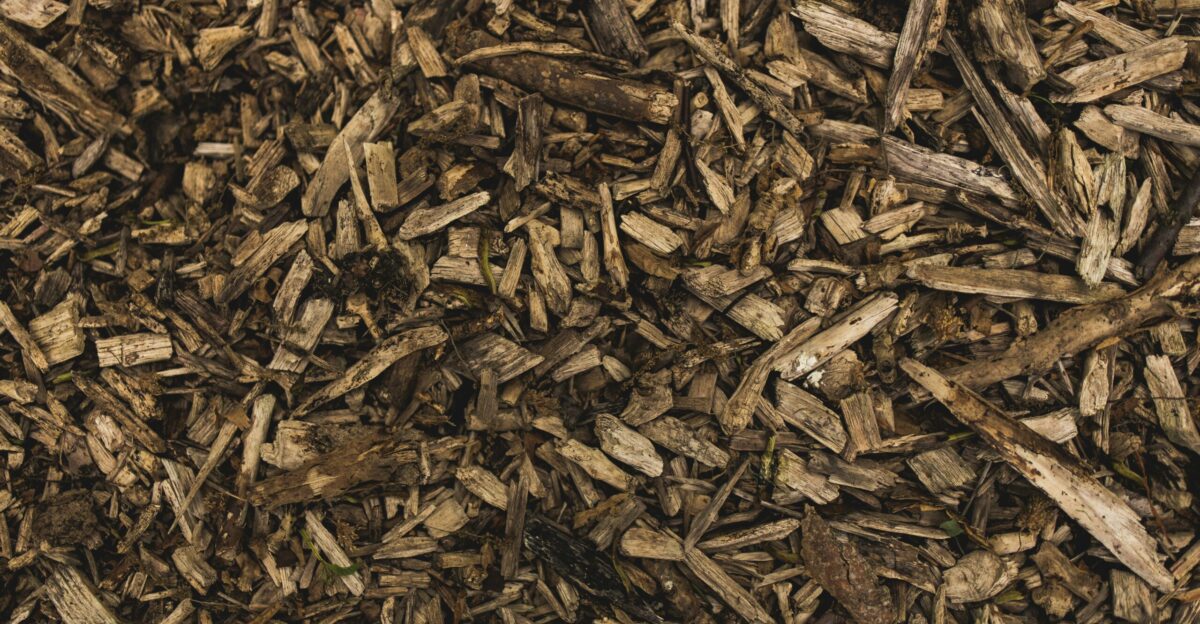
Once you’ve cut poison ivy to the ground, pile on a thick layer of mulch, such as wood chips, straw, or leaves. This will stop sunlight and moisture from reaching the plant’s roots, starving it.
This low-effort method works really well in garden beds or borders. It also tidies up your yard while you wait for the poison ivy to disappear.
7. Saltwater Spray—Handle With Caution
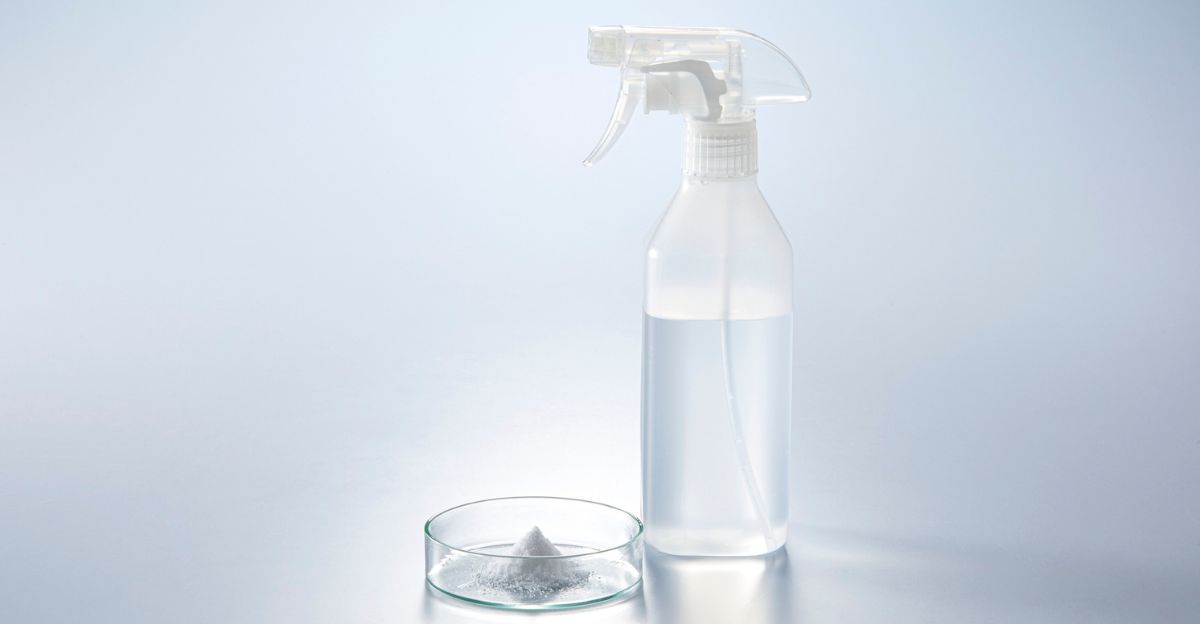
A strong saltwater solution can also help dry out this annoying plant, but it’s a double-edged sword. The salt can linger in the soil and harm future plants and grass.
While some gardeners swear by this trick for spot treatment, others are cautious of long-term soil damage. Use this trick sparingly, and only in areas where you don’t plan to plant anything else.
8. Solarization—Harness the Sun’s Fury
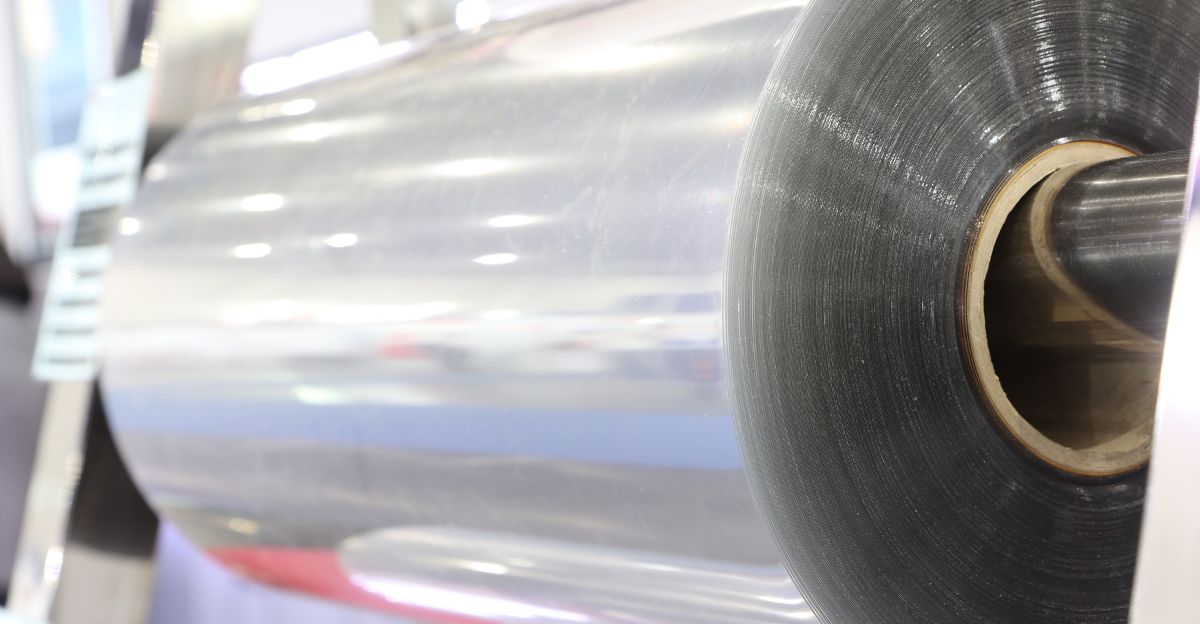
During the hottest weeks of summer, you can also cover poison ivy patches with clear plastic sheets. The trapped heat will basically cook the plant and its roots, sterilizing the soil beneath.
While this method isn’t as popular as others on the list, it can effectively remove larger infestations. You need to be patient, though, as solarization can take several weeks, but the results are worth the wait.
9. Persistent Patience—The Ultimate Weapon
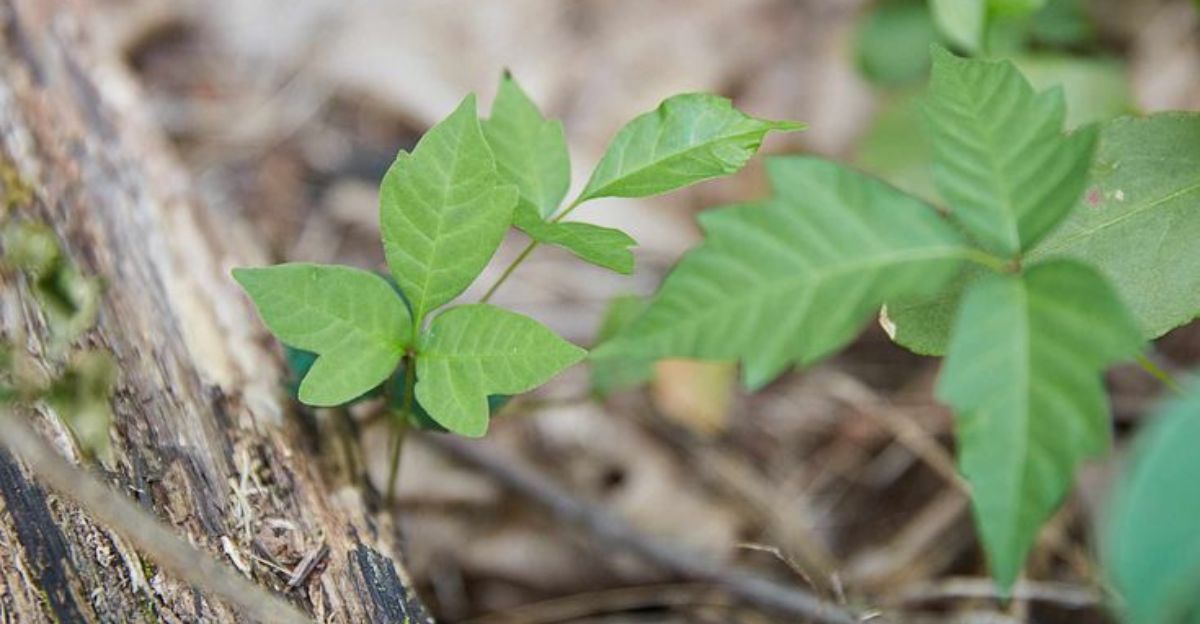
None of these tricks guarantees instant results. Poison ivy is known to be extremely stubborn and will often regrow from tiny root fragments. The secret is persistence. Repeat your chosen methods each season, and don’t give up!
Over time, the plant’s energy reserves will be depleted, and it won’t come back. Patience is your most powerful weapon.







